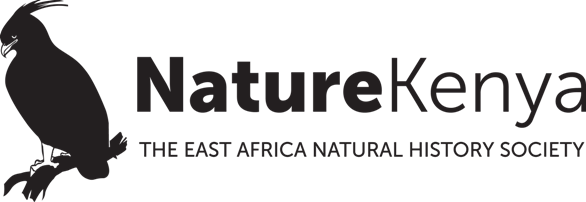The news of the nonstop return flight of a Common Cuckoo from Kenya to Bangladesh on its way home to Mongolia is one of the highlights of this year’s World Migratory Bird Day. The cuckoo departed from Kenya on April 29, passed through Somalia on May 1, and flew 6,300 kilometers over six and a half days to arrive in Bangladesh on May 6. This shows both the amazing abilities of migratory birds and the effectiveness of technology in helping ornithologists to understand migration patterns.
The cuckoo was named Onon when together with three other Common Cuckoos it was fitted with a transmitter in 2019 by the Mongolia Cuckoo Project. Since June 2019, the project has been giving updates through their website <www.birdingbeijing.com>
The Common Cuckoo left Mongolia in 2019 for Zambia, its wintering grounds. Records of his return journey show that he arrived in Kenya from Kilimanjaro in Tanzania and spent three days in the upper Tana River after which his movement could not be tracked for a week. The next time his movement was picked up was the day he departed from the north eastern part of the country.
Onon flew over Somalia, the Indian Ocean and most of India. From Bangladesh, Onon moved to northeastern India and then to China. By mid-May, the transmitter placed him near Wuhan in Hubei Province in China where he was resting. On May 23, Onon was in Shanxi Province in northern China, still 1,200 km away from Khurkh in northern Mongolia where he was fitted with the transmitter.
Onon is not the only Cuckoo that made headlines. Carlton ΙΙ, another tagged Common Cuckoo, flew 7,500 kilometers from Ivory Coast to England in seven days. The Daily Mail reported that: “Cuckoos normally take two or three weeks to reach the United Kingdom after starting their journeys in the western Africa country of Gabon before stopping in the Ivory Coast. The three-year-old bird becomes the fastest tagged bird to make the trip from Africa to England.”
Since getting tagged by the British Trust for Ornithology in 2018, Carlton has flown over 35,000 Kilometers on his migration between Africa and England.
The World Migratory World Bird Day is celebrated every year in May and October. The day is set aside to raise awareness about migratory birds and to highlight the need for conservation of birds and their habitats. The National Audubon Society – BirdLife in the U.S. – estimates that at least 4,000 species of birds in the world are regular migrants. This represents about 40 per cent of the world’s bird population.
This year’s theme – Birds Connect Our World – was brought to life by the epic journey of these two cuckoos. By tracking their movement and relaying information about their migratory routes, birders were able use technology to appreciate the global linkage created by a single migratory bird. Onon, for instance, crossed through 20 borders connecting 15 different countries at a time the movement of humans within nations has been grounded to a halt following the outbreak of the novel Coronavirus Covid-19.
Some of the widely known hazards faced by migratory birds include high winds, ferocious hailstorms, lengthy sea crossing, thunderstorms and the trapping and killing for their meat. Habitat loss through the conversion of their feeding habitats to human settlement and ill placed infrastructure are some of the emerging bird migration barriers. The online platform created by the two projects offered an opportunity to gather information about the change of routes and the duration of rest taken by the migratory birds. The information will be used to coordinate efforts towards the conservation of some of the ecosystems which are important for the survival of these migratory birds.
